Biodiversity
Stone reefs in concrete to increase marine biodiversity
Engineers and artists are working together to create an artificial reef of newly-developed concrete. It will create more marine life and inspire the construction industry to think innovatively.
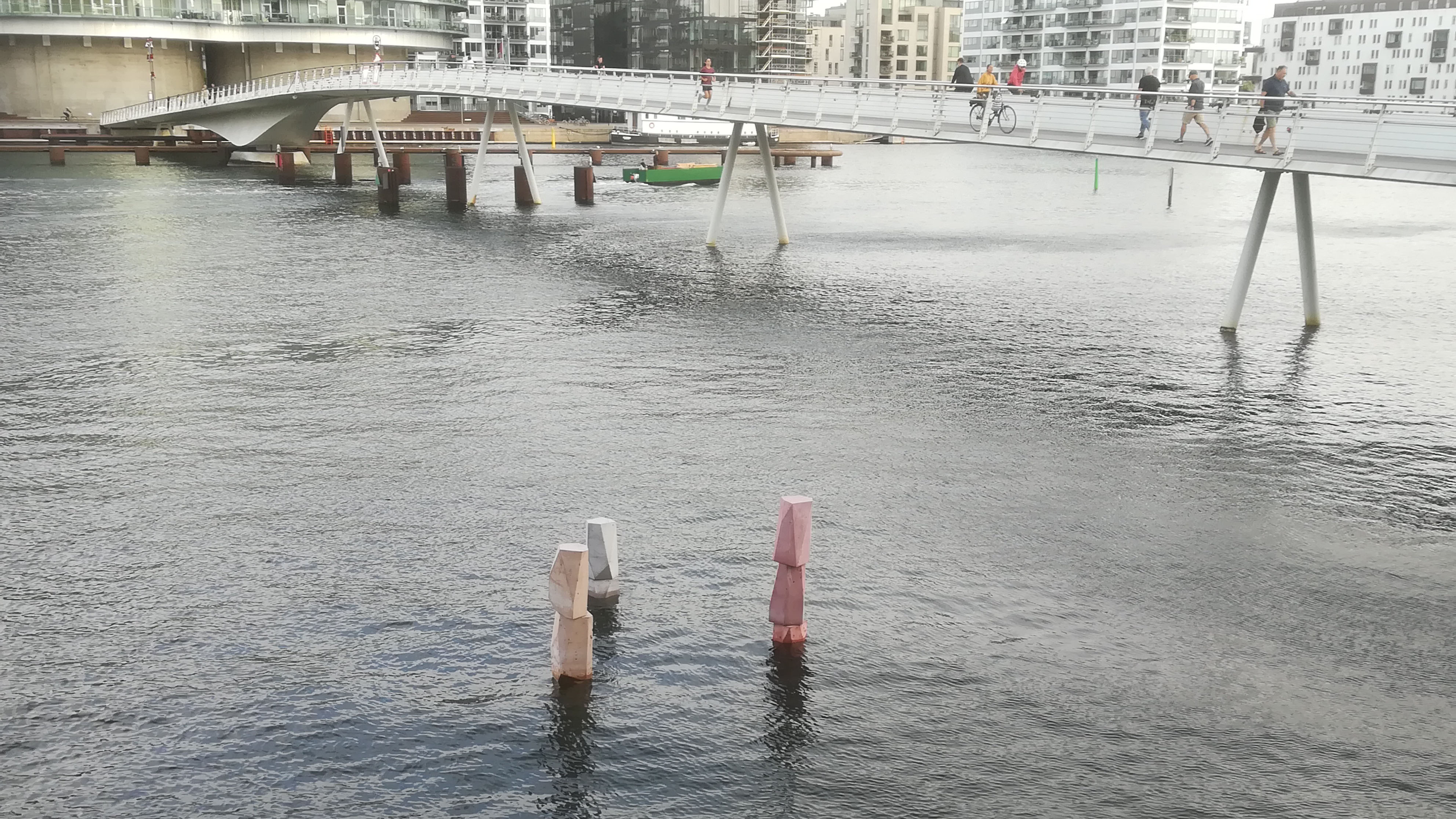
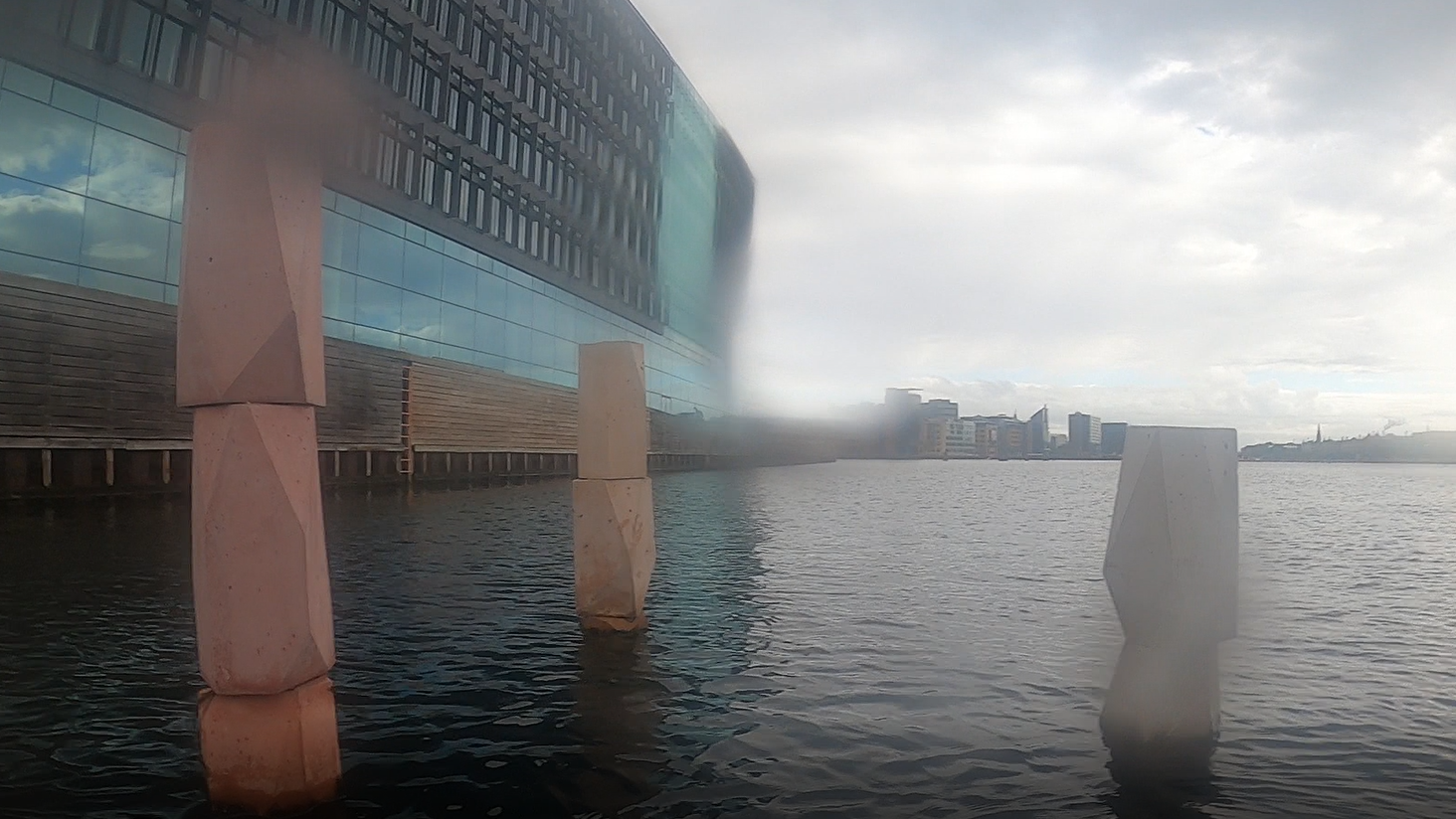
Cement absorbs CO2
The collaboration between Superflex and DTU began when the group of artists contacted Wolfgang Kunther to hear about his ideas for using concrete in artificial stone reefs. This led to an enquiry from Udviklingsselskabet By & Havn (the Copenhagen City and Port Development Corporation), which asked whether DTU would cast, analyse, and test concrete elements for the work of art.
In Wolfgang Kunther’s day-to-day work, he conducts research into how cement and water act as a binding agent in concrete and react to the surroundings and live organisms. Therefore, he knows that there are many advantages to using concrete in the sea. One of the advantages is that concrete is an easy material to work with. You can change the composition of cement, change the texture and size, and create smooth and raw concrete surfaces that may provide ideal living conditions for fish and seaweed.
Another advantage is that concrete actually not only releases CO2 in the manufacturing process and during heating—it also absorbs CO2. Some call it a sponge effect because the concrete soaks up CO2 just like a sponge. The effect is due to a slow process that occurs when the cement solidifies and reacts with the CO2 present in the atmosphere and in the sea. This creates the same kind of limescale known from, for example, bathroom limescale deposits.
The coating also has the advantage that it creates a natural breeding ground for marine animals because it has some resemblance to coral reefs and seashells. Not to mention the useful life.
“In the vast majority of concrete structures used for maritime infrastructure projects, concrete is used together with steel reinforcement. But when reinforced concrete is affected by seawater, the reinforcing steel begins to rust—the only question is when this happens. With the type of concrete structure we’re testing, we don’t expect that it’s necessary to use steel. This means that the useful life will be longer than for conventional concrete structures in seawater. This has a great environmental benefit,” says Wolfgang Kunther.
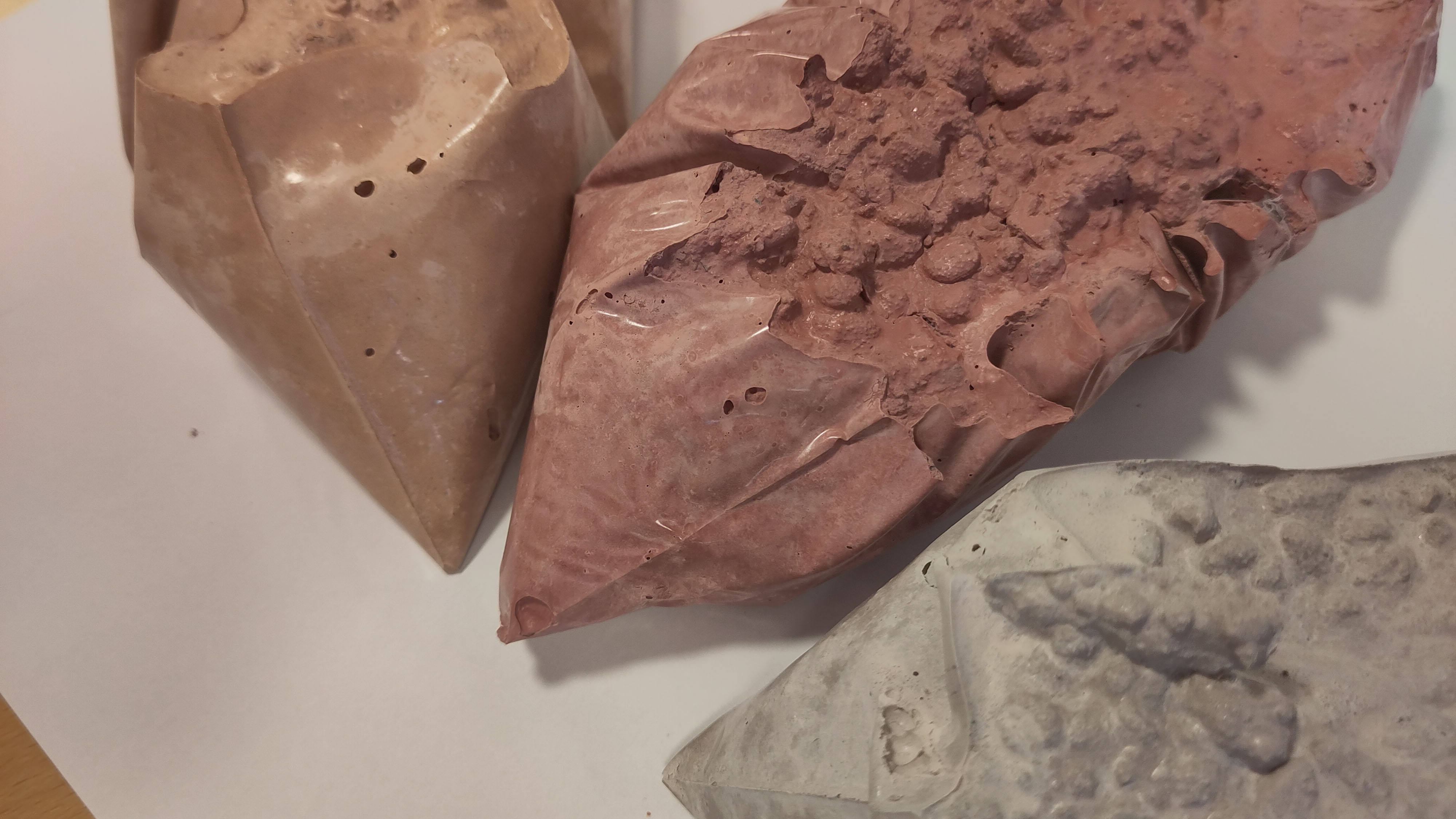
Pink and brown concrete
He has now received the first concrete samples from the work of art. Together with his research group, he is examining how seawater affects the reef installation and whether other mineral transformations than lime occur. The group is also examining whether it is less expensive and more durable to use concrete reefs rather than imported natural stones, which are conventionally used.
The researchers are testing three different concrete variants that they have cast in DTU’s concrete foundry. One concrete has had a pigment added that colours the artificial reef pink, which—according to Superflex—is the favourite colour of several organisms. Another concrete consists of cement with added recycled raw materials from brick productions. This gives a brown concrete. In the third concrete, the researchers partially replace cement with Danish clay baked at high heat, creating an orange colour in this case. The project partners are also investigating whether concrete from other projects can be reused.
Marine researchers from DTU Aqua are concurrently working to establish how well stone reefs and artificial concrete reefs work in relation to fish—whether there will be a large increase in fish and which fish species will appear at the new type of concrete reef. They find answers to these questions by using underwater cameras that provide a unique insight into life at the seabed, before and after artificial stone reefs are established. This enables the researchers to compare the measurements and document the positive effects of the artificial stone reefs.
“Ports were previously often associated with polluting industries, but now the water is so clean that you can swim in many ports. It’s a fantastic development for a lot of swimmers as well as for marine life. It means that the fish can return to our ports, but they can often be helped in this return in different ways," says Senior Researcher Jon C. Svendsen.
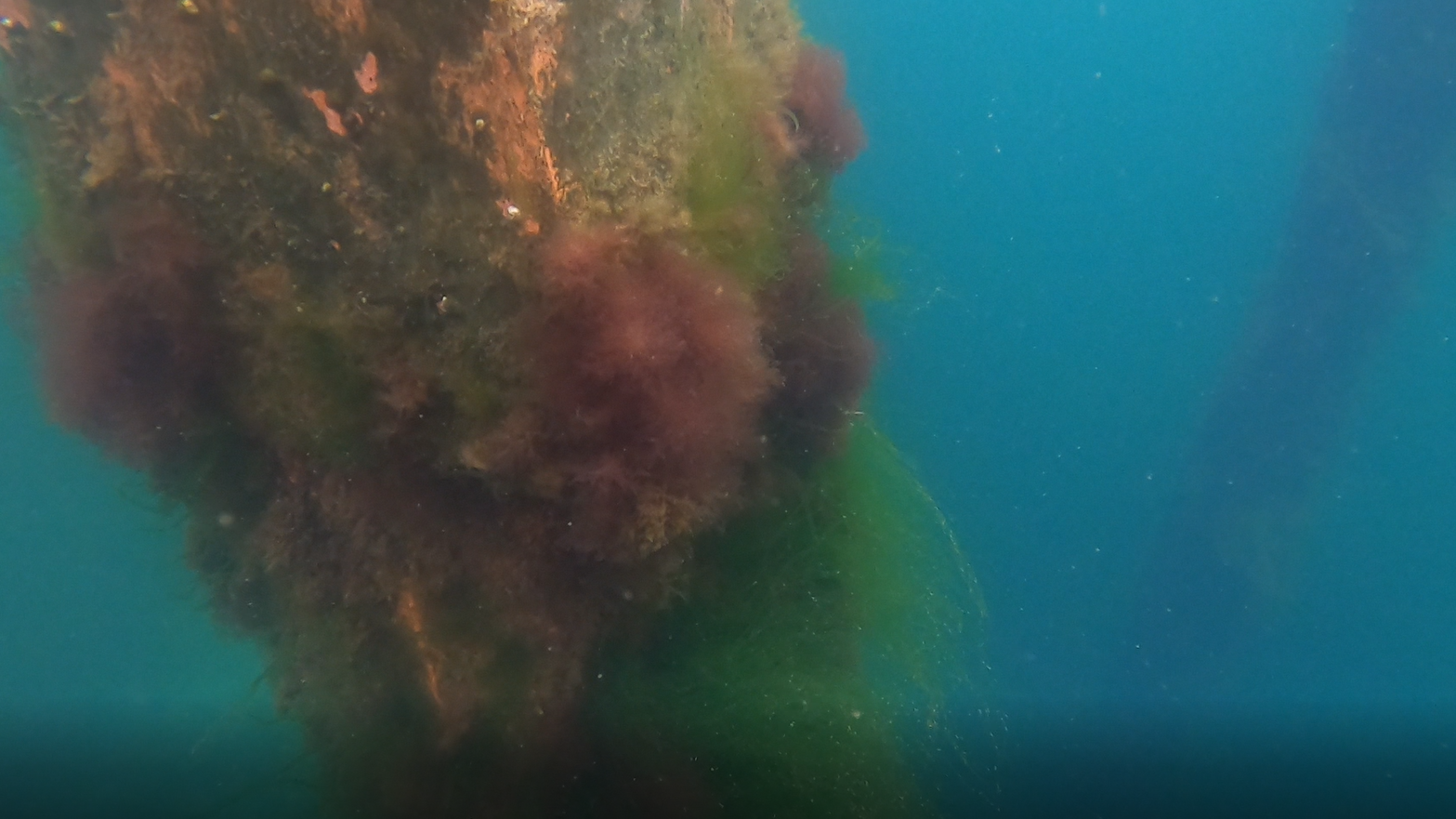
We are pioneers
He has recently been in Puerto de Vigo in Spain to make underwater recordings before specially designed port walls are erected to provide loads of hiding places for fish. The project is called Living Port and also involves DTU’s concrete experts who monitor different types of concrete elements and structures. This is done together with ECOncrete—a construction company that develops new concrete and concrete elements. The pilot project has been funded by EU’s Horizon 2020 and has most recently won the ‘Infrastructures’ category at the World Sustainability Awards.
A similar project is being conducted in Køge, where DTU is helping to create a rich fish life on the seabed of Køge Bay through concrete reefs. The project is supported by VELUX FONDEN with DKK 9.6 million. The project is headed by the local stone reef preservation association Køge Bugt Stenrev and is performed in collaboration with local stakeholders as well as a large number of innovative municipalities around Køge Bay.
DTU will share the experiences from the projects at a number of webinars, which will be held together with the Danish Society of Engineers, IDA and the Danish Concrete Association. It will inspire construction clients, urban developers, consultants, and contractors with how to incorporate underwater biodiversity in future construction projects, says Wolfgang Kunther:
“This is a whole new way of looking at concrete structures. Both in terms of biodiversity and concrete development. We do not cast standard materials. Therefore, we must ensure that the materials last. We need to know what happens if we replace part of our familiar concrete with something new. Especially if we’re talking about large infrastructure projects that should last for 100 years without major repair interventions. In this way, you could say that we’re pioneers.”
The work of art in Copenhagen’s inner harbour can be seen until summer 2023.
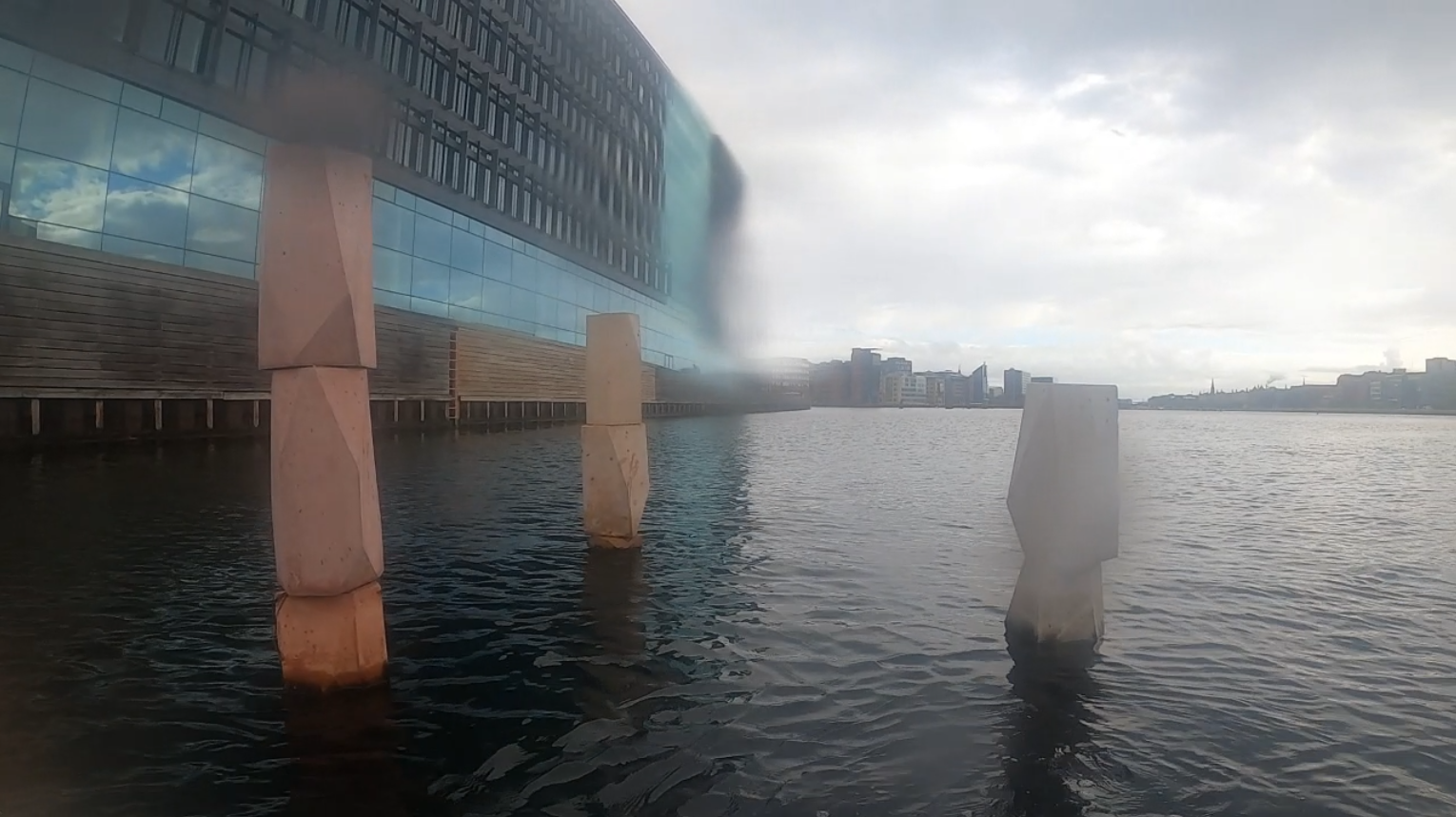
For more information
- Køge Bugt Marine Park (in Danish)
- Living Port in Port of Vigo in Spain
- Watch webinar: Artificial concrete reefs to the benefit of the environment and society? (in Danish)
- See inspiration catalogue for incorporating underwater biodiversity in construction projects. (in Danish)
- Use trapezoid concrete reef elements to build artificial reefs
Contact
Wolfgang Kunther Associate Professor Department of Environmental and Resource Engineering Phone: +45 45251752 wolku@dtu.dk
Jon Christian Svendsen Senior Researcher National Institute of Aquatic Resources Mobile: +45 93511663 jos@aqua.dtu.dk